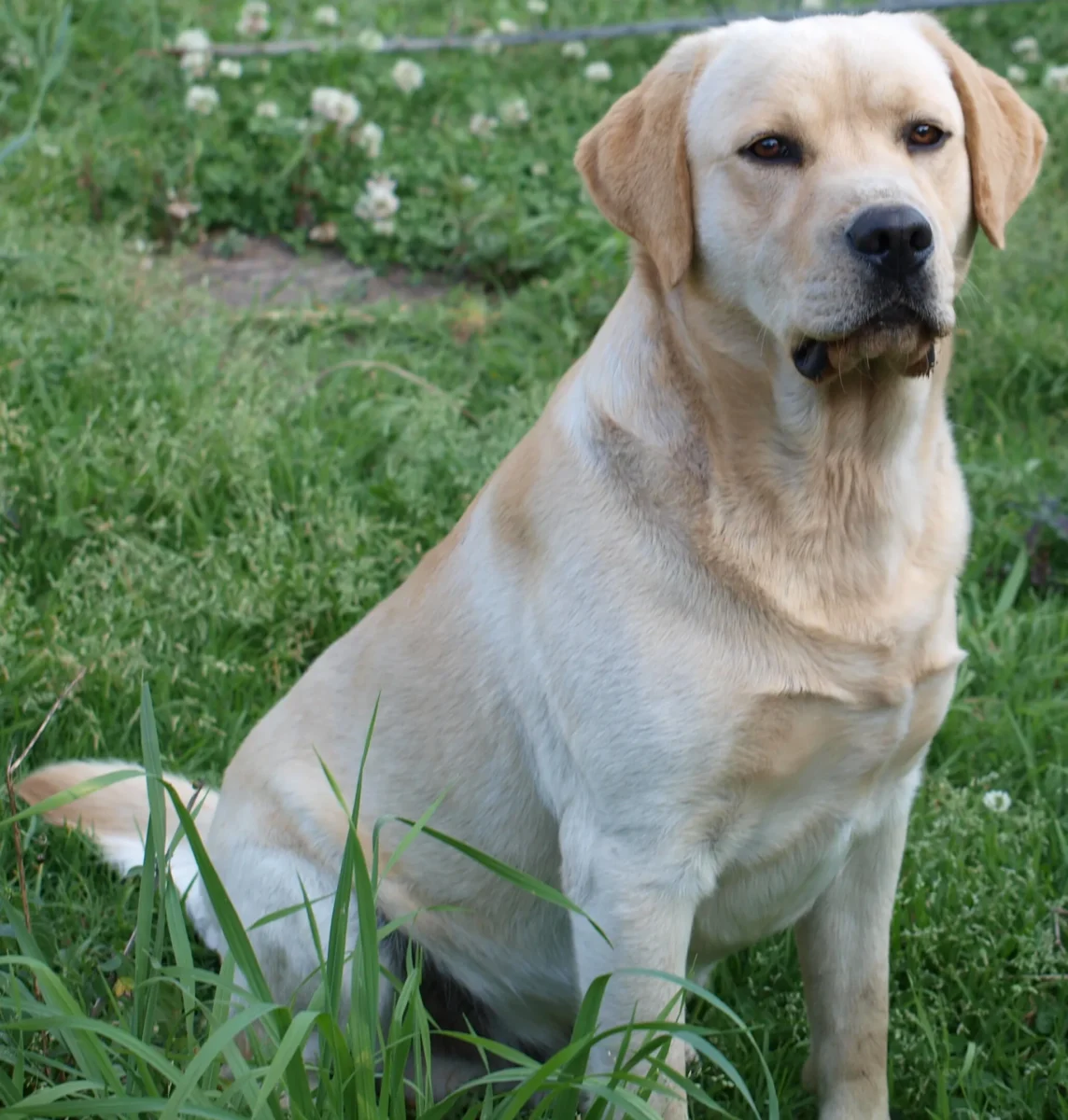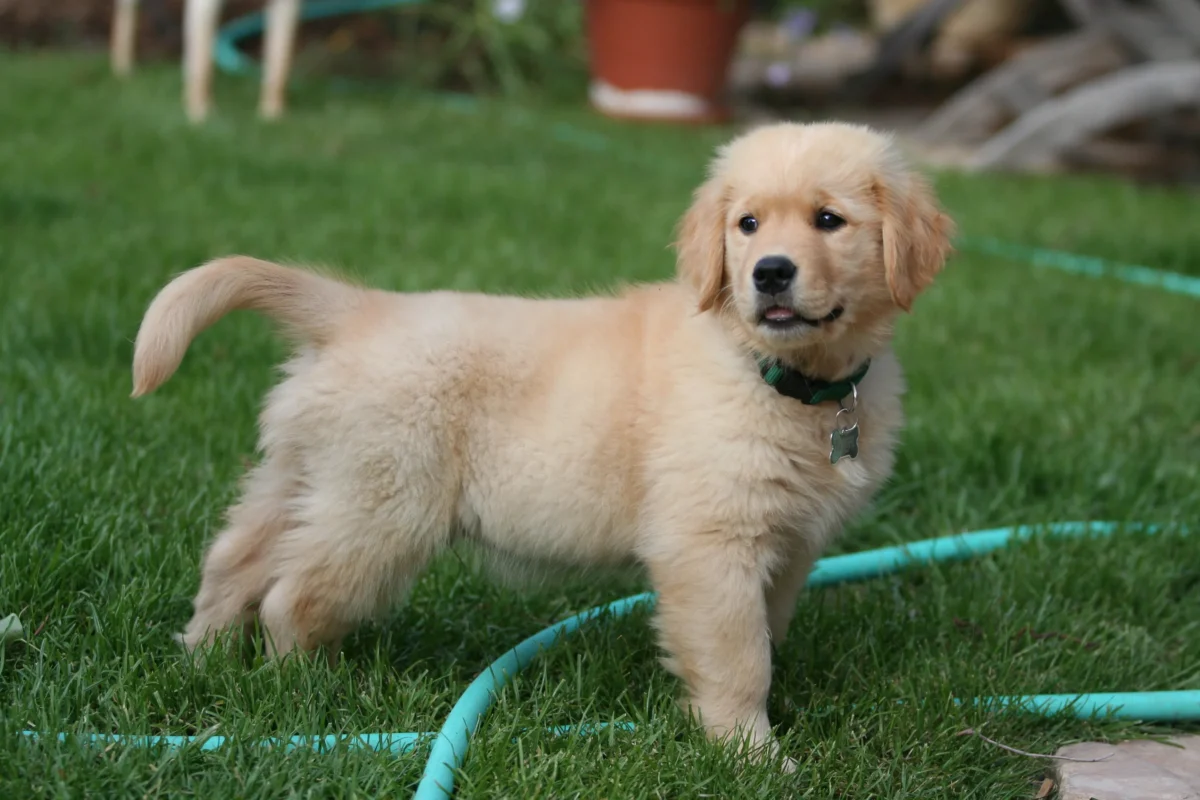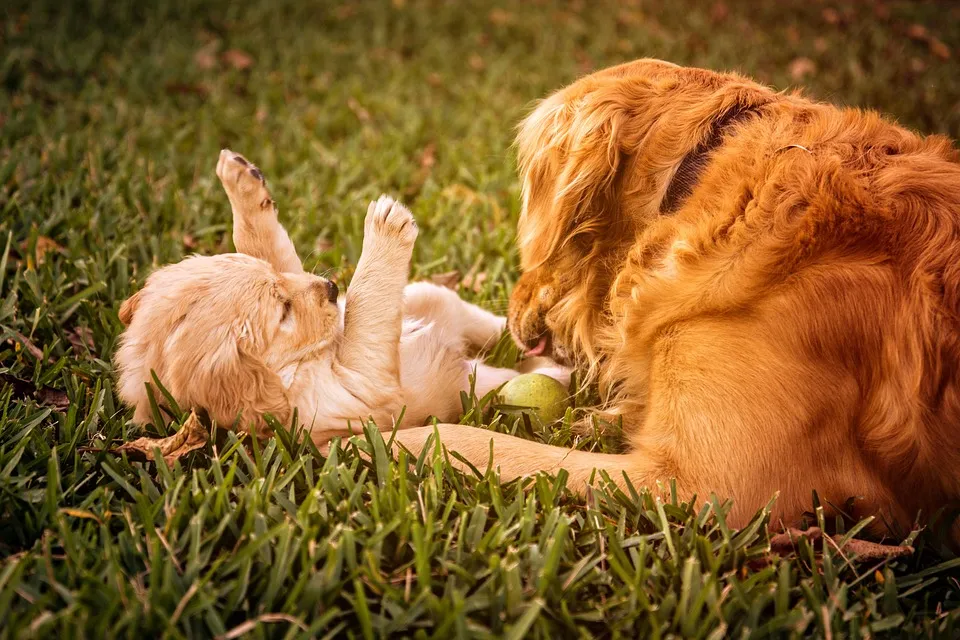Bringing a new puppy into your home can be an exciting time, but crate training can be a daunting task for any new dog owner. Proper crate training is essential for your puppy’s safety and well-being, and it can help your new furry friend feel secure and comfortable in their new surroundings.
Understanding the purpose of crate training and choosing the right crate for your Golden Retriever puppy are the first steps in the process. Introducing your puppy to the crate and creating a positive crate environment are equally important. Finally, a consistent crate training schedule is key to success.
As someone who has worked with thousands of dogs through dog shelters and breeders, I’ve seen firsthand the benefits of crate training for both the dog and the owner. If you’re a new Golden Retriever owner who loves their dog and wants to give them the best start in their new home, continue reading to learn more about crate training your puppy.
Understanding the purpose of crate training.
Crate training can be a powerful tool for new dog owners who want to establish good habits early on. At its core, crate training is all about creating a safe and secure space where your furry friend can relax and feel comfortable.
But beyond that, there are many other benefits to crate training. For example, it’s an effective way to help puppies learn bladder control and reduce the risk of accidents around the house. It can also prevent destructive behavior like chewing or digging when you’re not around.
For Golden Retriever owners specifically, crate training is especially important because these dogs have a tendency towards anxiety and separation anxiety in particular. By giving them their own little den within your home, you can create a sense of security that will help keep them calm even when you’re not there.
Of course, successful crate training requires patience and consistency on the part of the owner. It’s important not to use the crate as punishment or leave your dog locked up for extended periods of time without breaks for exercise or potty breaks.
But with proper guidance from experienced trainers or breeders who understand Golden Retrievers specifically (like myself!), anyone can successfully implement this technique into their pup’s routine – resulting in happier pets overall!
Choosing the right crate for your Golden Retriever puppy.
Choosing the right crate for your Golden Retriever puppy is an important step in their training and overall well-being. As someone who has worked with thousands of dogs through dog shelters and breeders, I can attest to the importance of selecting a crate that meets your pup’s specific needs.
Firstly, size matters. Your puppy should have enough space to stand up straight, turn around comfortably and lie down without feeling cramped. If the crate is too large it may encourage them to use one end as a bathroom area which will hinder their potty-training progress.
Secondly, consider material type. Plastic crates are durable but not breathable while wire crates offer good ventilation but may be less sturdy if chewed on by an active Golden Retriever puppy.
Lastly, location is key! The crate should be placed in a quiet spot that offers plenty of natural light so they don’t feel isolated or lonely while inside it for extended periods of time.
By following these tips you can ensure your new furry friend has a comfortable safe-haven where they can rest when needed – aiding greatly in successful house training and establishing healthy routines from early on!
Introducing your puppy to the crate.
Introducing your precious Golden Retriever puppy to the crate can be a daunting task, but it is an essential part of their training and development. As someone who has worked with thousands of dogs through dog shelters and breeders, I can attest to the many benefits that crate training offers both you and your furry friend.

« The Ultimate Guide to Golden Retriever Rescue in Oregon: Tips and Success Stories for New Dog Owners
golden retriever rescue kentucky »
Firstly, crates provide a safe space for your pup where they can retreat when feeling anxious or overwhelmed. This helps them develop a sense of security and independence while also preventing destructive behavior when left alone at home.
To introduce your puppy to the crate, start by placing treats inside it so they associate positive experiences with being in there. Gradually increase the time spent in the crate until they are comfortable staying inside for longer periods.
It’s important not to force or punish them into using their new “den.” Instead, make sure that it’s cozy by adding soft blankets or toys so they feel more at ease inside. It may take some time for them to adjust fully – just remember patience is key!
In conclusion, introducing your Golden Retriever puppy to their new home within a home takes effort but pays off in spades once mastered! With patience and proper guidance from experienced trainers like myself (and plenty of love), this process will be rewarding both physically AND emotionally as you watch how much happier this makes everyone involved!
Creating a positive work environment.
Creating a positive crate environment is essential for new Golden Retriever puppy owners. As someone who has worked with thousands of dogs through dog shelters and breeders, I can attest to the importance of proper crate training.
First and foremost, it is important to choose the right size crate for your Golden Retriever puppy. The crate should be large enough for them to stand up, turn around, and lie down comfortably. Too small of a space can cause anxiety and discomfort while too large of a space may lead to accidents in the corner farthest from their bed or toys.
Next step involves making sure that you use positive reinforcement when introducing your pup into their new home within the confines of their specific-sized cage! This means rewarding good behavior with treats or praise instead punishing bad behavior as it will only reinforce negative associations with being in their den-like area.
Lastly but not leastly: make sure that there are plenty toys available inside so they have something on which they can chew away boredom or nervous energy during periods where humans cannot supervise them directly such as night time hours when everyone else sleeps soundly without worrying about any potential messes left behind by an untrained dog!
Overall – creating a positive crate environment requires patience, consistency & lots love! With these key ingredients combined together alongside some well-timed treats (or even cuddles!) every now-and-then; any golden retriever owner who loves dogs will be able provide such nurturing care necessary ensuring healthy development growth habits over time!
Create a training schedule and be consistent.
Crate training is an essential part of raising a well-behaved and happy Golden Retriever. However, it can be challenging for new dog owners to understand the importance of consistency in their approach.
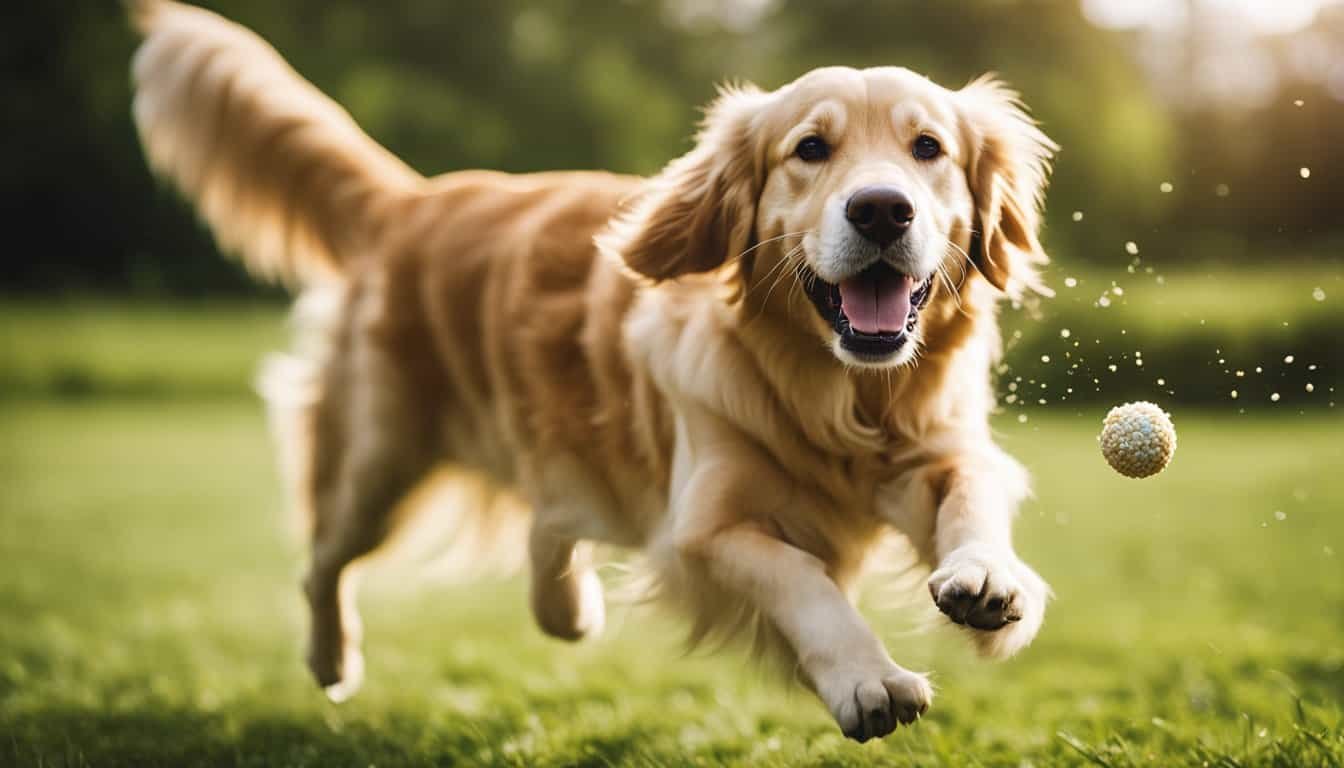
As someone who has worked with thousands of dogs through shelters and breeders, I cannot stress enough the significance of sticking to a crate training schedule. Establishing routines and consistent expectations will help your furry friend feel secure within their designated space.
When you first introduce your puppy to his or her crate, make sure it’s comfortable with plenty of soft bedding inside. Begin by enticing them into the crate with treats or toys during playtime as positive reinforcement.
As time progresses, gradually increase the amount of time they spend inside until they are capable of spending several hours at a stretch without becoming anxious or distressed. Using this method consistently will help establish healthy habits while building trust between you and your pup.
It is important to remember that each dog has unique needs when it comes to crate training schedules; some may adapt more quickly than others. Consistency is key throughout this process – stick with regular meals times along with potty breaks so that everyone stays on track!
In conclusion: Crate Training can seem daunting at first but sticking to a schedule and being consistent in approach is key! By using positive reinforcement techniques such as treats & toys alongside clear expectations regarding food/potty breaks – we can positively influence our pet’s behavior for years down-the-line!
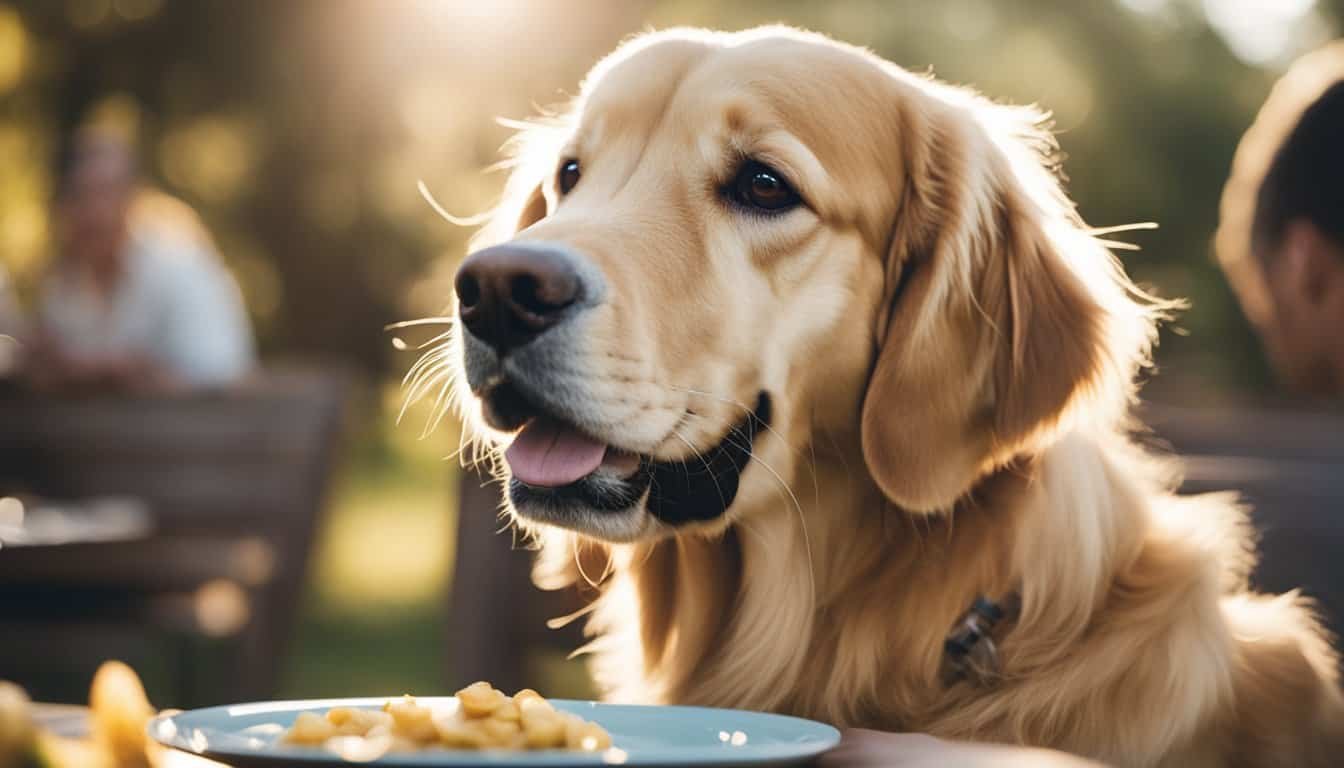
Conclusion
Crate training is a great way to manage any dog’s behavior, especially Golden Retriever puppies. With patience and consistency, your puppy will learn that the crate is their safe spot and it can help reduce accidents in untrained areas of your house. It may take weeks or months before your pup is completely comfortable with their crate, but if you keep up with the process you will be rewarded with a well-mannered pup who loves spending time there! If you need help achieving this goal for yourself or would like more information on how to train an adult dog, consider reaching out to an experienced trainer who has worked extensively as both shelter volunteer or breeder.










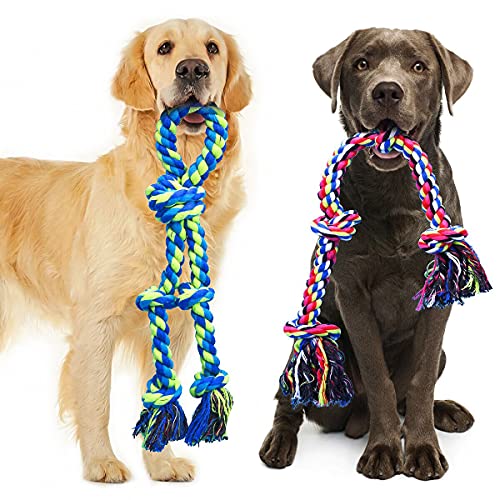


![PetDroid Interactive Dog Toys Dog Ball,[2025 Newly Upgraded] Durable Motion](https://m.media-amazon.com/images/I/41noLQzf0wL._SL500_.jpg)

